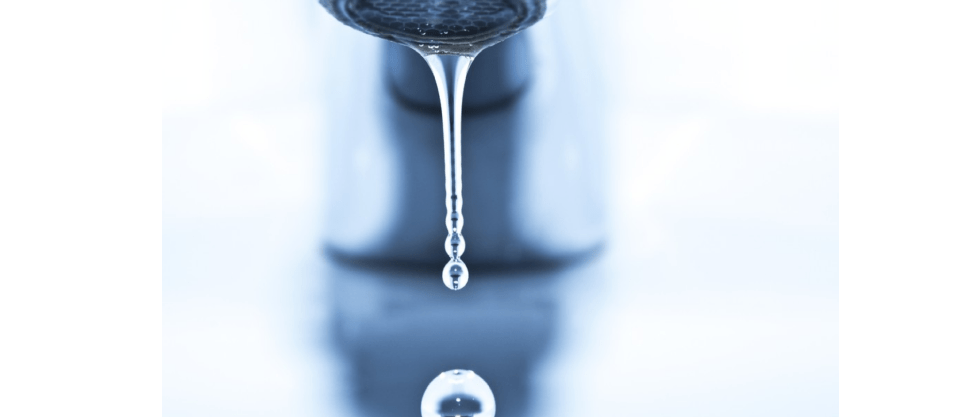
15 Macro Photography Ideas To Get The Creative Juices Flowing
Macro photography is a popular subject, and for good reason. Getting in close on a subject is a good way to look, and think, about it a bit differently. But with a popular subject comes an onslaught of overly common images, which snowballs into one of the worst feelings for photographers: being stuck in a creative rut. But just because a subject has been shot before doesn’t mean there’s no creativity left to have. In fact, starting with a common subject and asking yourself how do I make this different? is a good way to get the creative juices going.
Stuck in a creative rut? Here are 15 macro photography tips to get your creativity going.
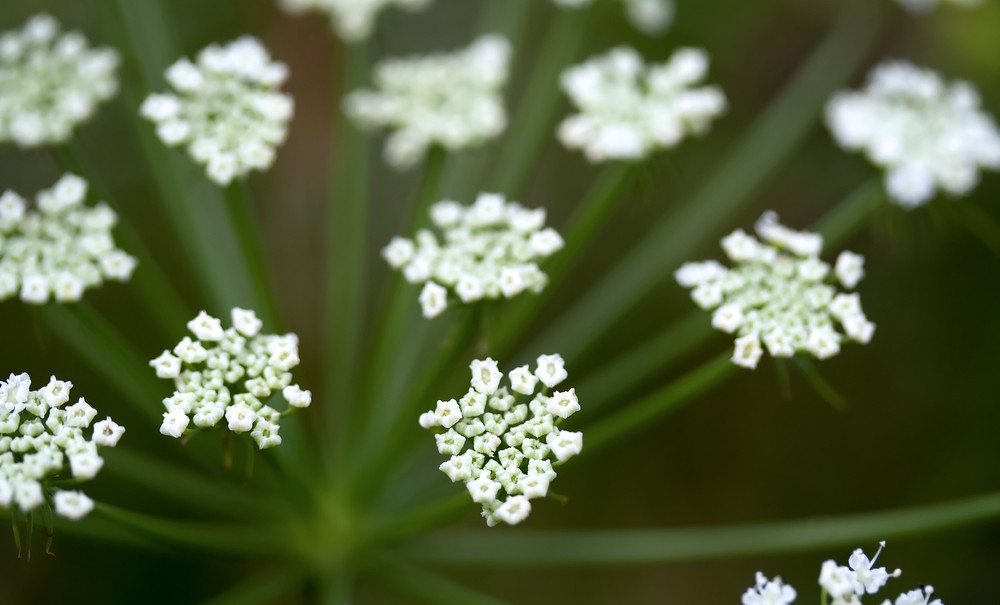
Flowers make great subjects. Not just because they’re beautiful, but because they come in so many different shapes and sizes. Look for a way to shoot that highlight’s that particular blossom’s shape or color. You can check out this blog on flower photography tips to learn more.

Insects are great subjects for macro photography. Getting in close on something that’s so tiny yet still living makes it really feel like there’s a whole different world there. Insects are trickier, since they’re mobile and unpredictable. Try photographing early in the day or late in the evening as they tend to be a bit more restful at these times.

People aren’t commonly considered macro subjects, but getting in close with a good macro lens can help paint the bigger picture of who a person is. Consider taking a macro shot of the sparkle in someone’s eye, or the dimples on their cheeks or the wrinkles on their hands. Macro photos of newborns are particularly sweet.

Water droplets act like tiny magnifying glasses, highlighting whatever they’re sitting on. They’re great macro subjects and the possibilities are pretty much endless. Photograph them on plant life, on a window or any number of different things. If it hasn’t just rained, make you own with a spray bottle.
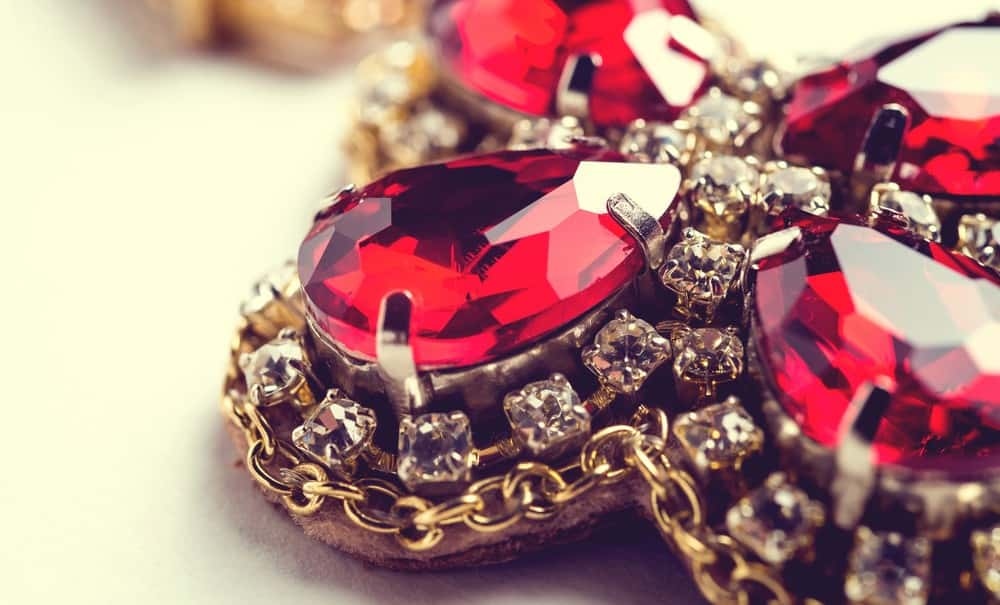
Jewellery also makes for some great macro pictures. The key to shooting jewellery is to experiment with the light—you’ll want to catch a bit of a sparkle of that diamond ring, for example. This can be great for capturing the essence of family heirlooms.

Office supplies like pencils and pushpins make great macro subjects. Set up on a neutral background that’s not too busy and experiment with different lighting. Hard light with shadows will make them appear dominant and important, or soft light makes them appear a bit less edgy.
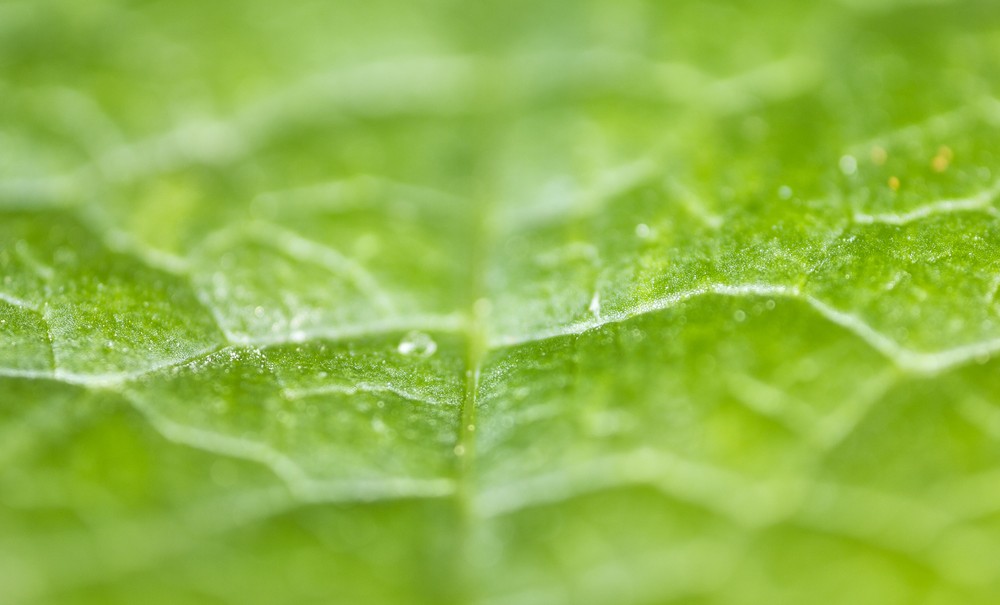
Leaves also make great photography subjects, especially in the fall, though green leaves can make a statement too! Look for patterns and lines, like the stem and ridges, or try to highlight the symmetry in your shot.
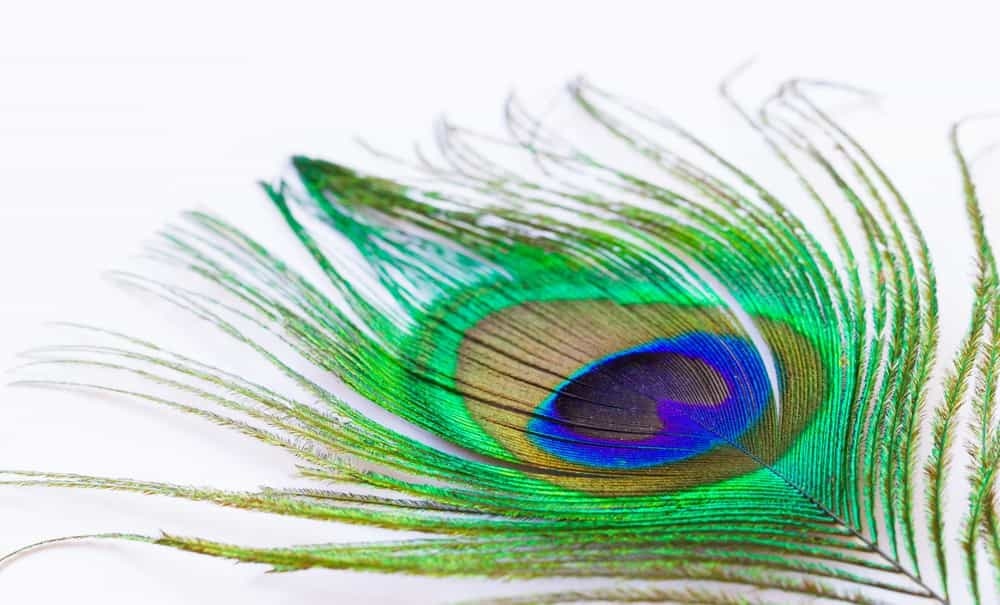
Feathers have a great shape and texture—so they’re good macro photography subjects. Look for them in your yard or buy them from a craft store.

If you like food photography, why not get up close and shoot macro food photography? Getting in close to a dish highlights the shape and texture. This works well for pasta dishes as well as things like fruits and veggies. Or, twist some around a fork or photograph a spoonful of the dish, instead of the plate as a whole.
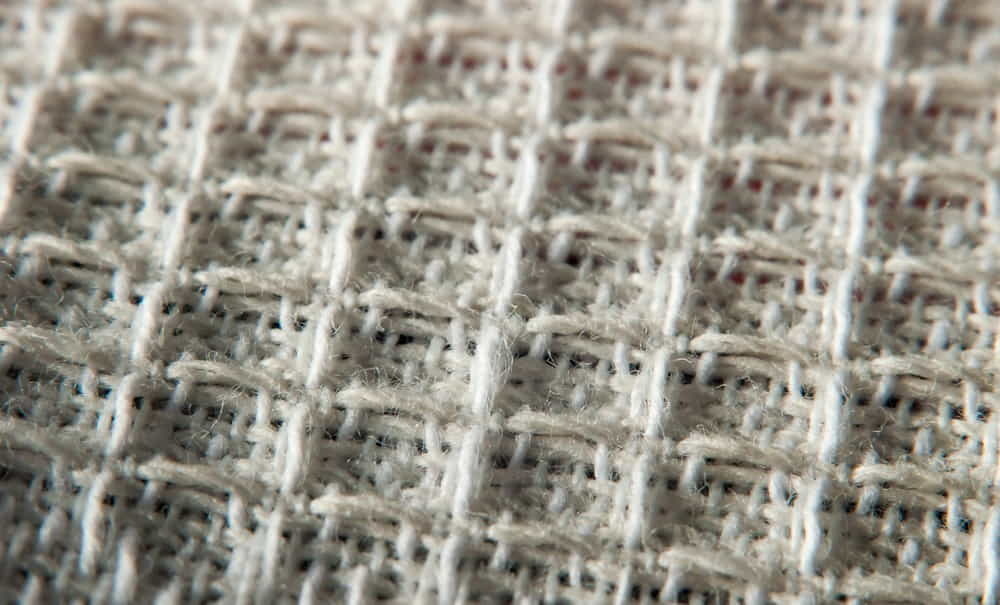
Instead of thinking of objects to photograph, brainstorm some textures instead. Getting in close to a large textured object makes a great abstract image. Tree trunks, peeling paint, a man hole cover—there’s a lot of possibilities that open up when you start looking for texture instead of objects as a whole.
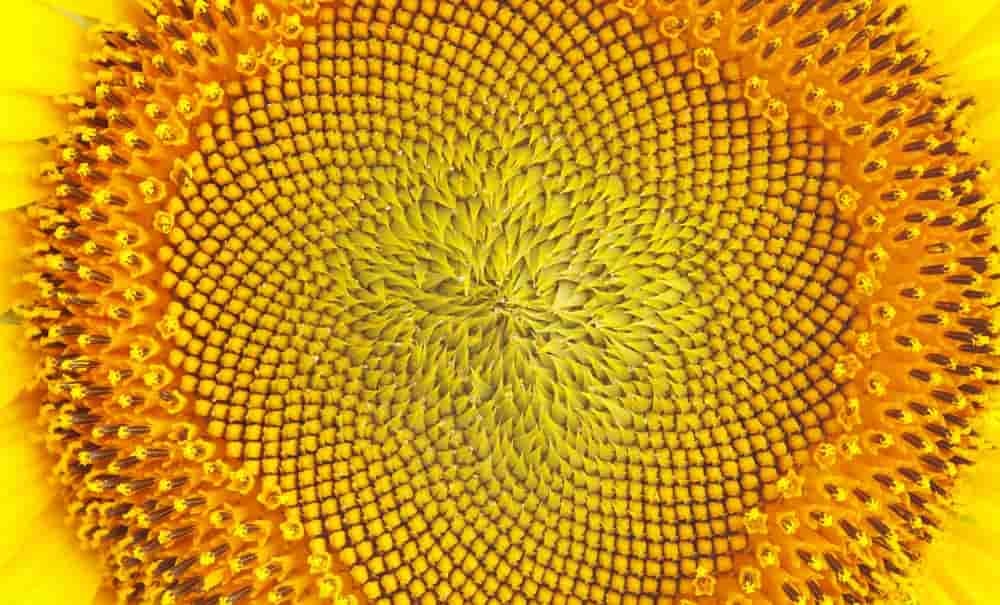
Or, instead of searching for texture, look for patterns. The weave of a sweater, the pattern on a wild mushroom, the way the bristles on your toothbrush align—when you look for patterns instead of objects, you can start to see the world in potential macro photographs.
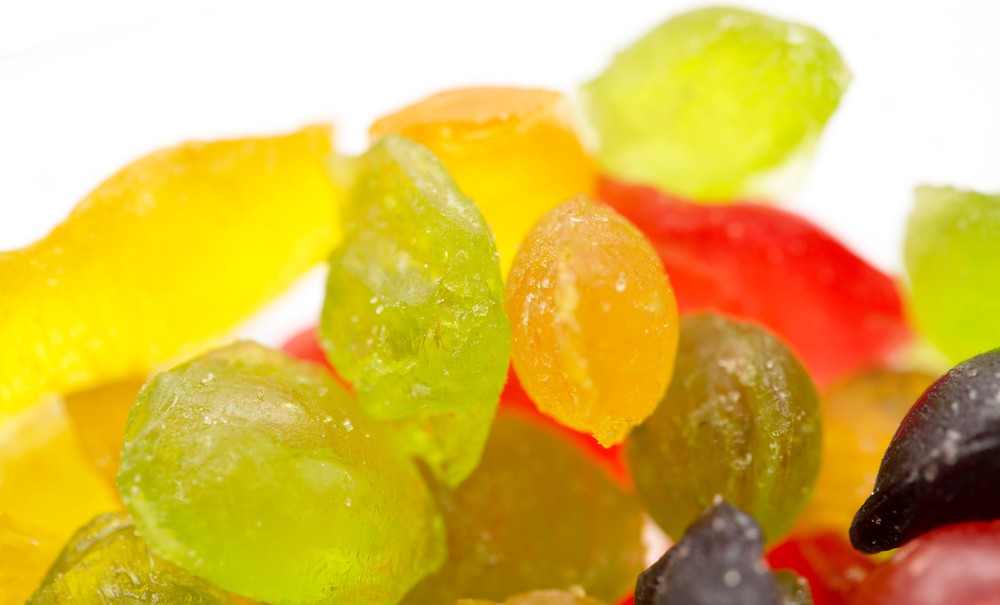
Here’s a sweet idea—photograph some candy. Done right, close-up images of candy can get the sweet tooth calling. Small candy works well, but there’s nothing saying you can’t also capture the details and lines in a king size chocolate bar (and eat it afterwards).
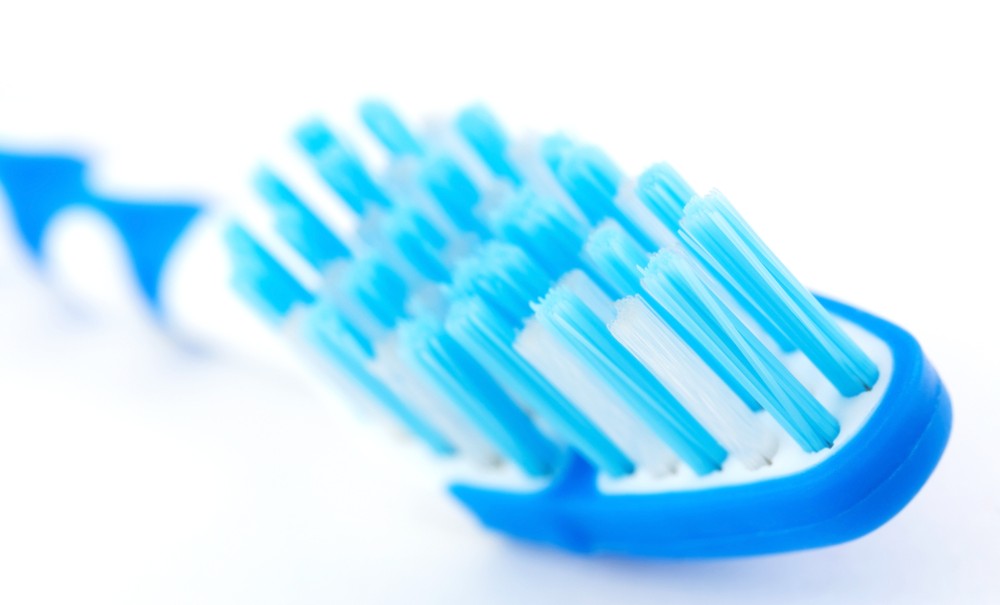
The beauty of macro photography is that you can make everyday items seem amazing. Find an unexciting, ordinary object that’s just lying around your house, like a toothbrush, an old shoe or a frayed towel. Photographing something that doesn’t initially inspire you is a good photography exercise. How can you make that item look extraordinary? Work to highlight its texture or experiment with lighting (think both different colors of light as well as different angles), and you’ll make it stand out.

Looking for a subject to shoot on a rainy day? Go room by room for ideas. The edges of a razor or bristles on a brush in your bathroom. The whisk, knives and scratches on the cutting board in the kitchen. The buttons on the remote control, the light slanting through the blinds in the living room. The stitching on an old baseball glove, the details on your car in the garage. Walk around the room with macro in mind, particularly patterns and texture, and you’re bound to find a few good subjects.

Still stuck? Start brainstorming with a certain theme in mind and take shots of several different items. Fruit could be a theme, for example, or toys. Or, you could choose a broader theme, like circular items. By starting with one broad idea, you’ll start to get the ideas rolling for other things that fall in that category.
Macro photography is a fun thing to explore and experiment with—and there’s a lot of objects that make great subjects. You can start with the more traditional flowers and insects, or search instead through your house for items that seem unimportant and make them shine with good lighting or by highlighting a texture or pattern.
Looking to sharpen your photography skills? Join our top-rated professional diploma in photography today!
**
**



